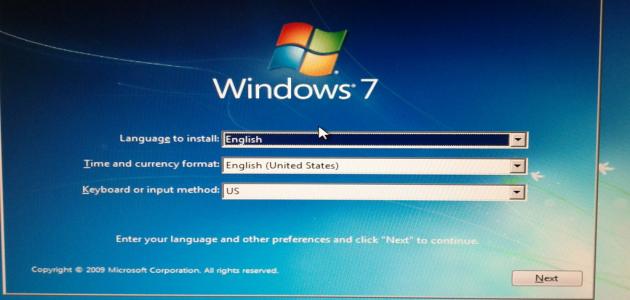programming
The Techopedia website defines programming as the process in which logic is used to facilitate the performance of calculations and various tasks using a computer. The process is carried out using a programming language, and there are several programming languages, each of which differs from the other in terms of applications, field of use, and method of writing.
A program can be defined as a set of arranged commands that a computer follows to perform specific tasks. The program is placed in a storage medium that the computer can access and read the program from, in order to execute commands, one command after another. It can also store the data that the programmer wants the computer to process and perform operations on.
When using a programming language to write a specific program, the writing method (in English: Syntax) specific to the language is adhered to, in addition to the various expressions contained in it. Programming also requires experience in other fields, such as algorithms, for example. Good code written in one programming language can be distinguished from another by four factors, which are as follows:
- durability; What is meant by this is the program's ability to deal with errors in a way that allows it to complete its work despite the presence of these errors.
- reliability; It is achieved through good design and the correct inclusion of algorithms.
- efficiency; This is done through optimal exploitation of resources such as memory and others.
- Ease of reading the code and quality of its documentation.
How programming languages work
When writing using a specific programming language, one resorts to using a specific program called a compiler, as this program converts the programming language into machine code that the computer can understand. The programmer writes the code using any text editing program (in English: Text editor) in the form of a set of statements, and then the compiler designated for the programming language in which it was written is used by specifying the name of the file that contains the code.
Read also:How to learn programmingWhen the compiler runs, it analyzes the statements and ensures that they are written correctly. After that, this code is converted into what is called an object file, which contains the set of commands formulated in machine language, which the computer executes. The compilation step may be followed by an additional step, which is to combine a number of object files that depend on each other, and then output a single executable file. This step is called linking. Among the programming languages that operate on the same aforementioned principle are the C language (in English: C), C Plus Plus (in English: C++), the Fortran language (in English: Fortran), Swift (in English: Swift), and others.
Some programming languages differ in terms of the working mechanism from what is mentioned, and among these languages is the Java language (in English: Java), where the code is converted into specific commands called (in English: Bytecode), and these commands can be executed on any computer that contains the “device” program. Virtual machine (in English: Virtual machine) is dedicated to understanding these commands and converting them into commands that the computer on which the program is running can understand and execute.
Among the programming languages are also those that allow the program to be executed immediately without the need to convert it using a compiler program, as resorting to the use of a program called the interpreter (in English: Interpreter), which converts programming language statements into commands and executes them immediately, and what distinguishes this type of Types of programming languages: The ability to stop a program while it is being executed and modify it, which may be for the purpose of correcting specific errors in it (in English: Debugging), but these languages are not characterized by the speed of execution that characterizes programming languages that rely on compilation. Among the programming languages that operate with the aforementioned mechanism are Python, Perl, Javascript, and the hypertext preprocessor language PHP.
Read also:The easiest way to make a free websiteClassification of programming languages according to level
Programming languages can be classified into two types according to level, namely low-level programming languages (in English: Low-level) and high-level programming languages (in English: High-level). The term level here refers to the degree of abstractness of the language and its closeness to what the computer understands. The lower the level of the language, the more abstract it is, and vice versa. Machine language is the most abstract language among programming languages, so it is the lowest level. In this language, commands are written completely in the language that the computer understands, which are numbers, and each number expresses a specific command. Machine language is followed by assembly language, which does not differ from machine language except that writing in numbers is replaced by writing in specific phrases. Low-level programming languages are characterized by being fast in execution, in addition to allowing the programmer complete control over data and memory.
Read also:How to speed up the internetHigh-level programming languages are characterized by their ease of understanding by humans, as they add the ability to better arrange and format the code using variables, functions, loops, templates, etc. This is something that can be used to reduce the number of statements used during programming. These languages do not provide the same control capabilities as low-level languages, but they are also considered safer, because they contain protections that prevent the programmer from harming the device if he miswrites statements. Examples of these languages are Python and Ruby.









